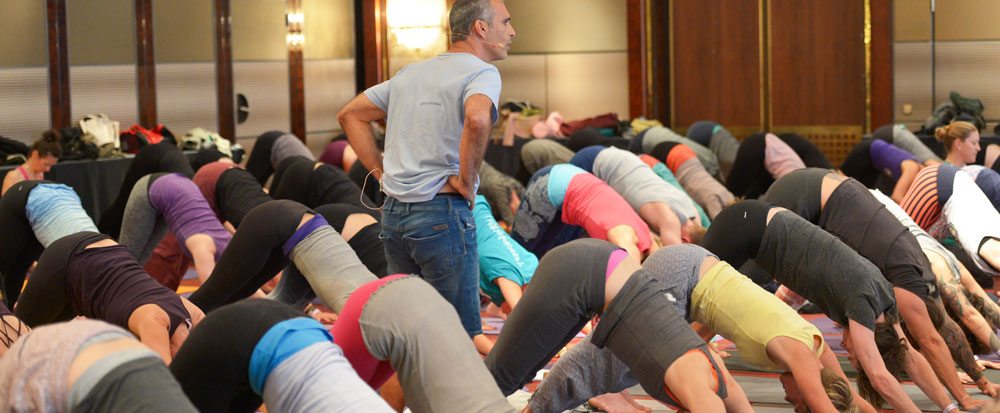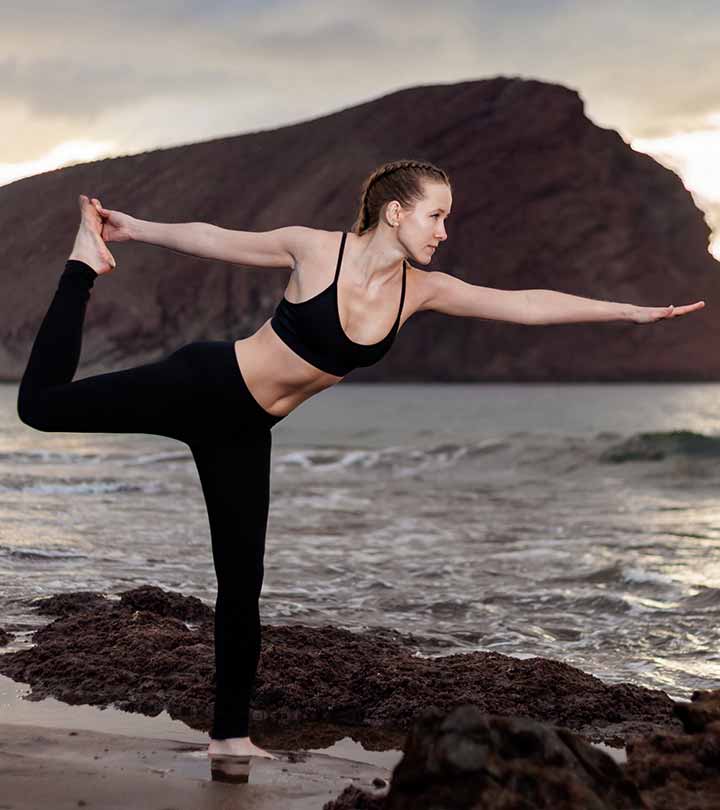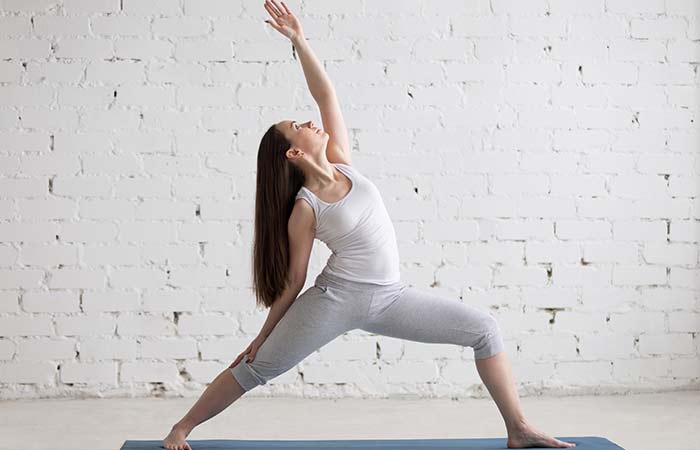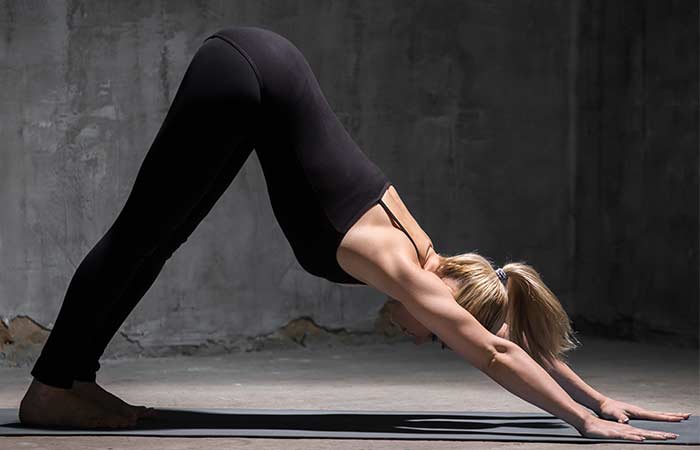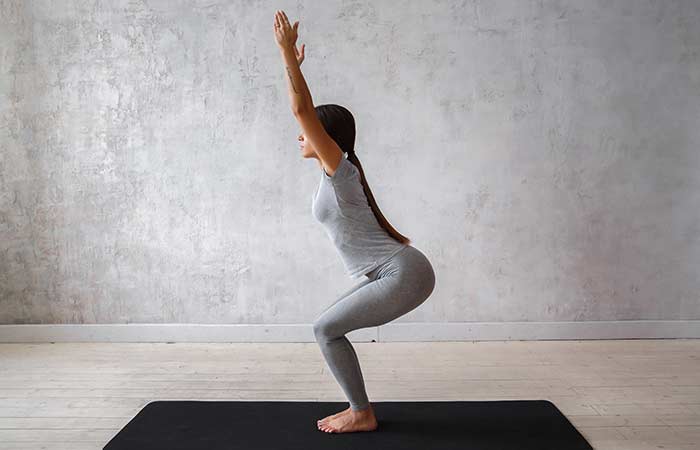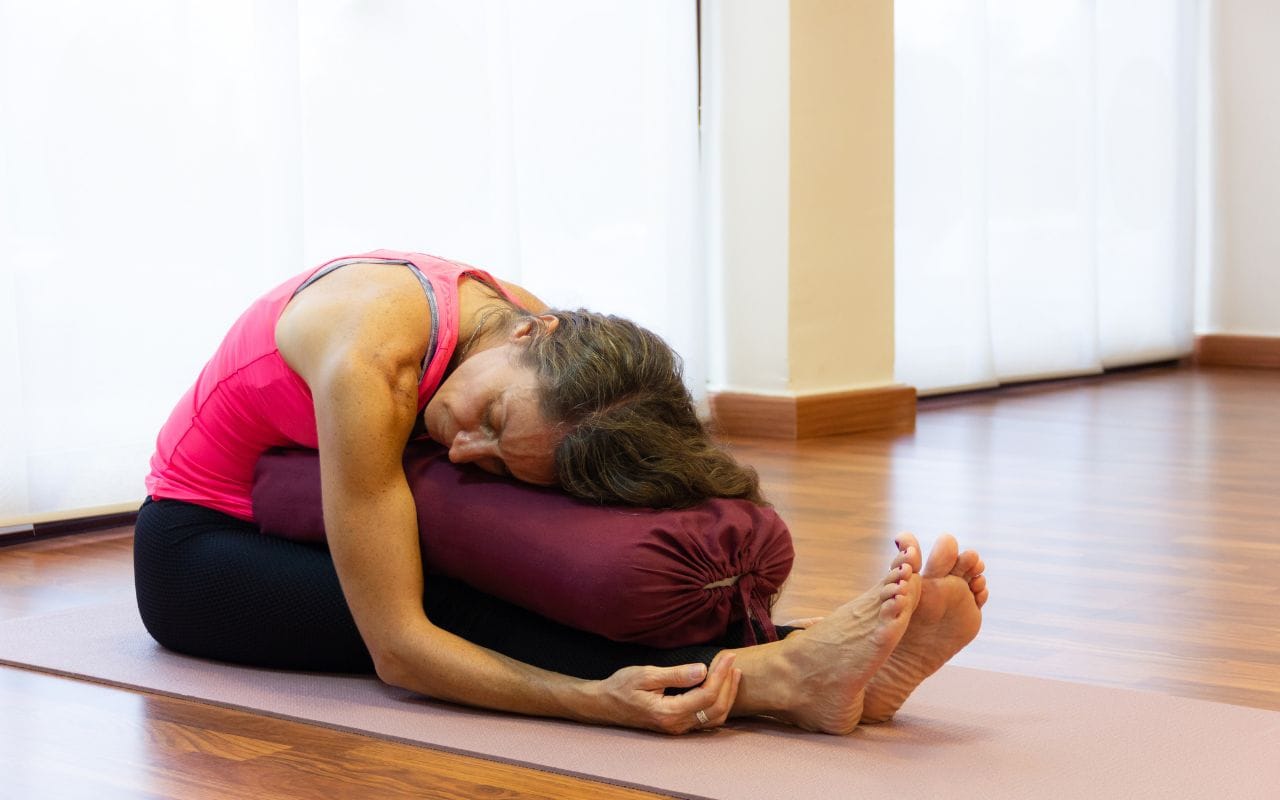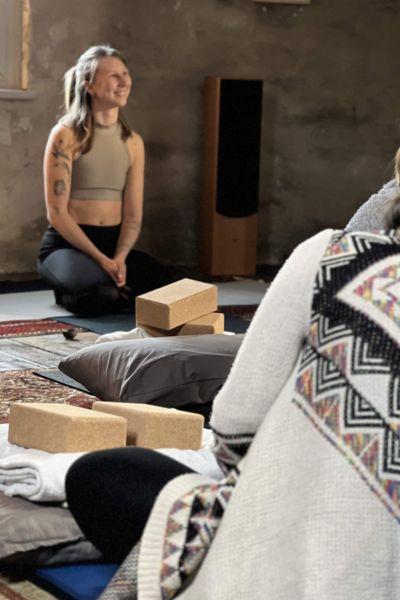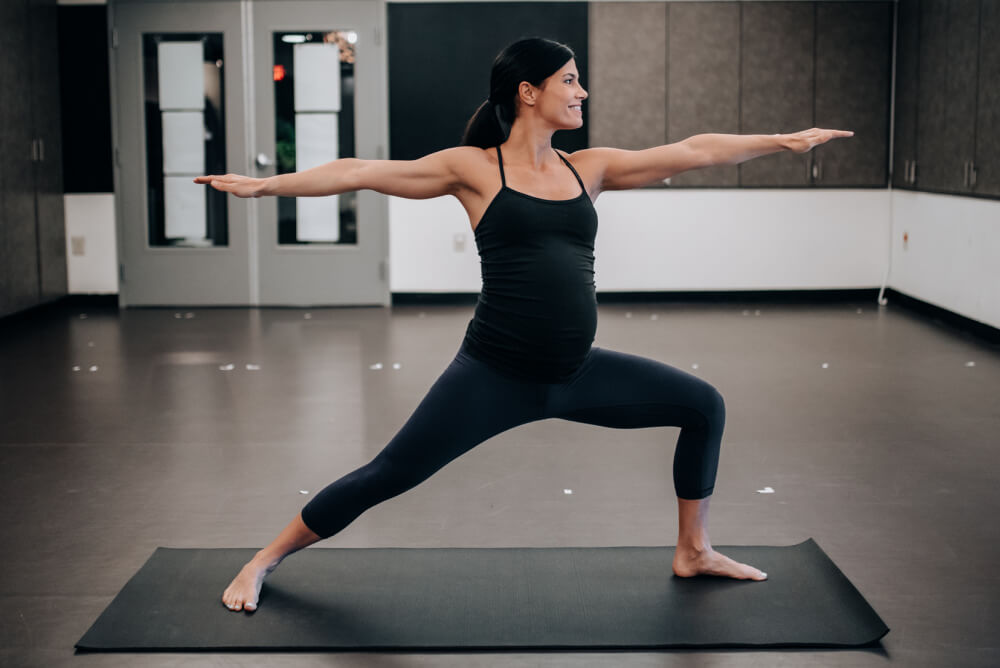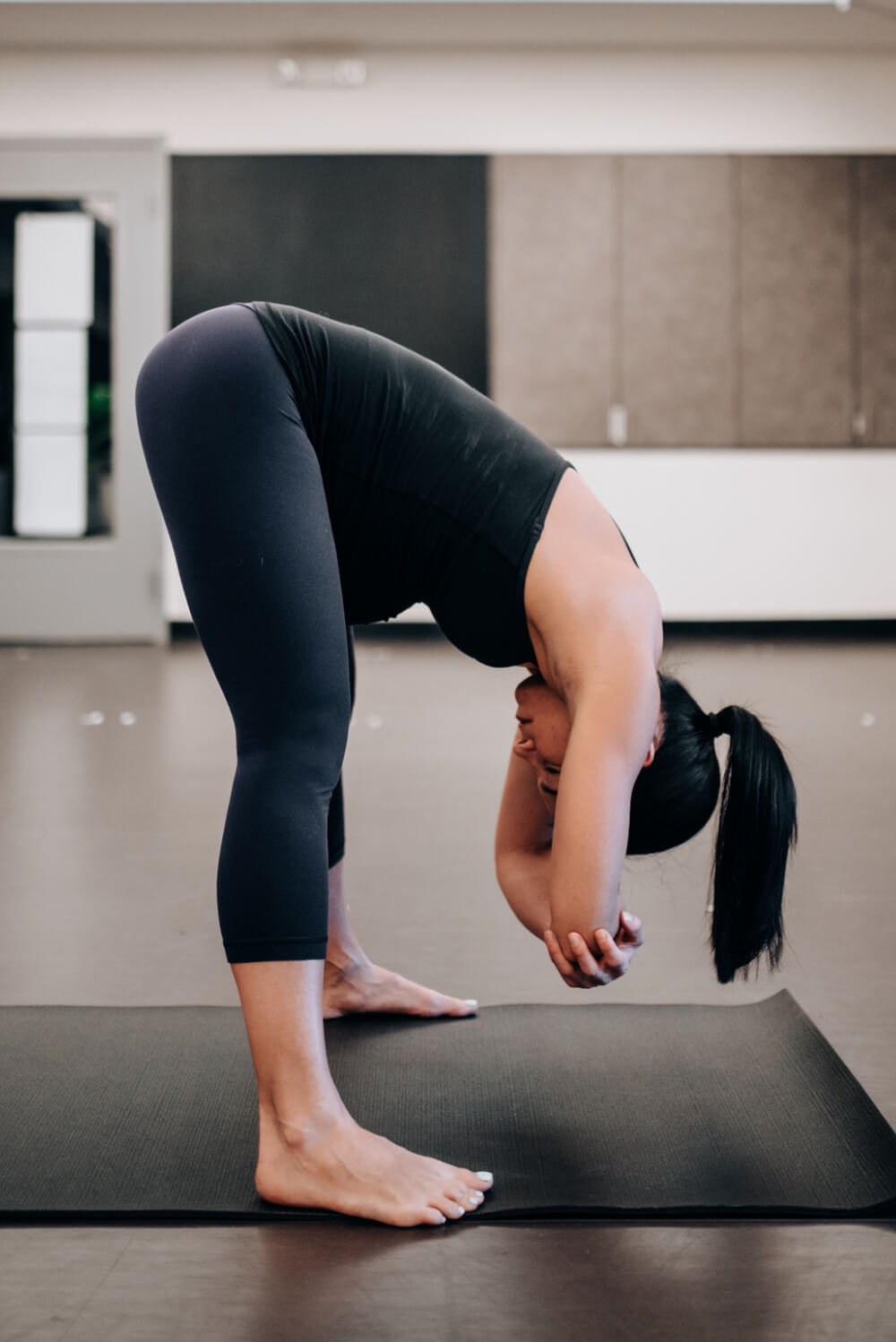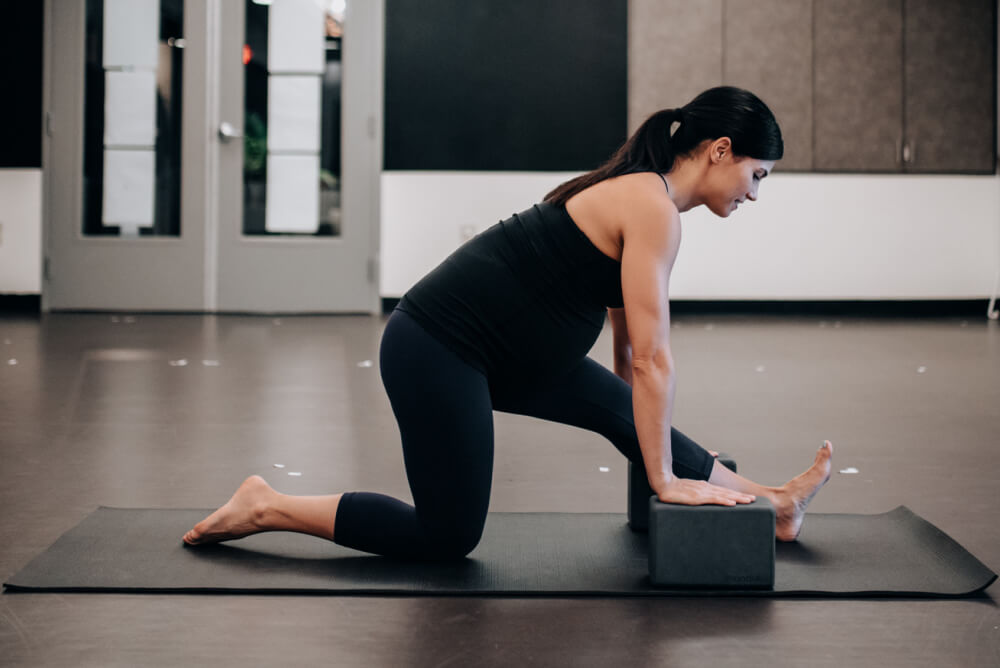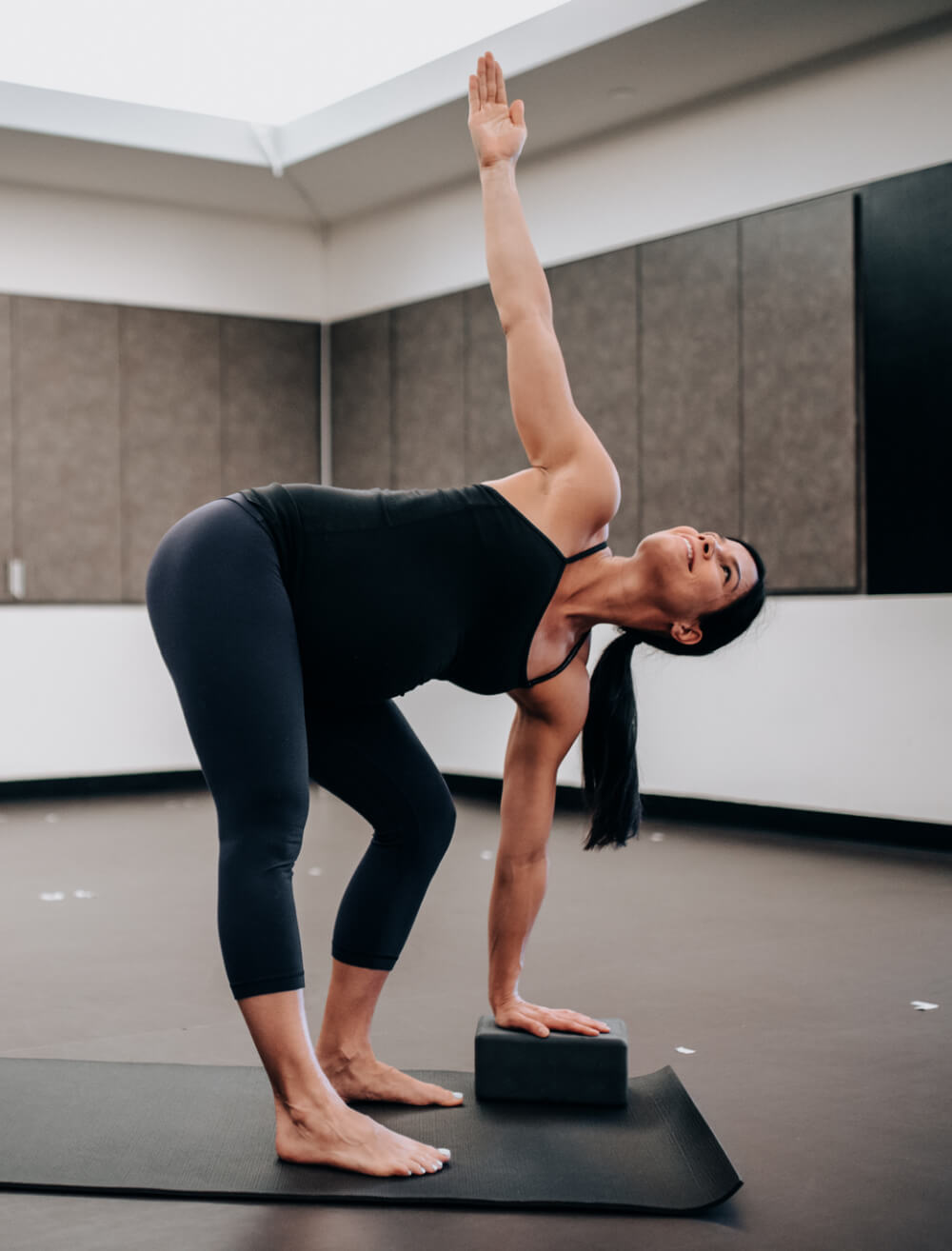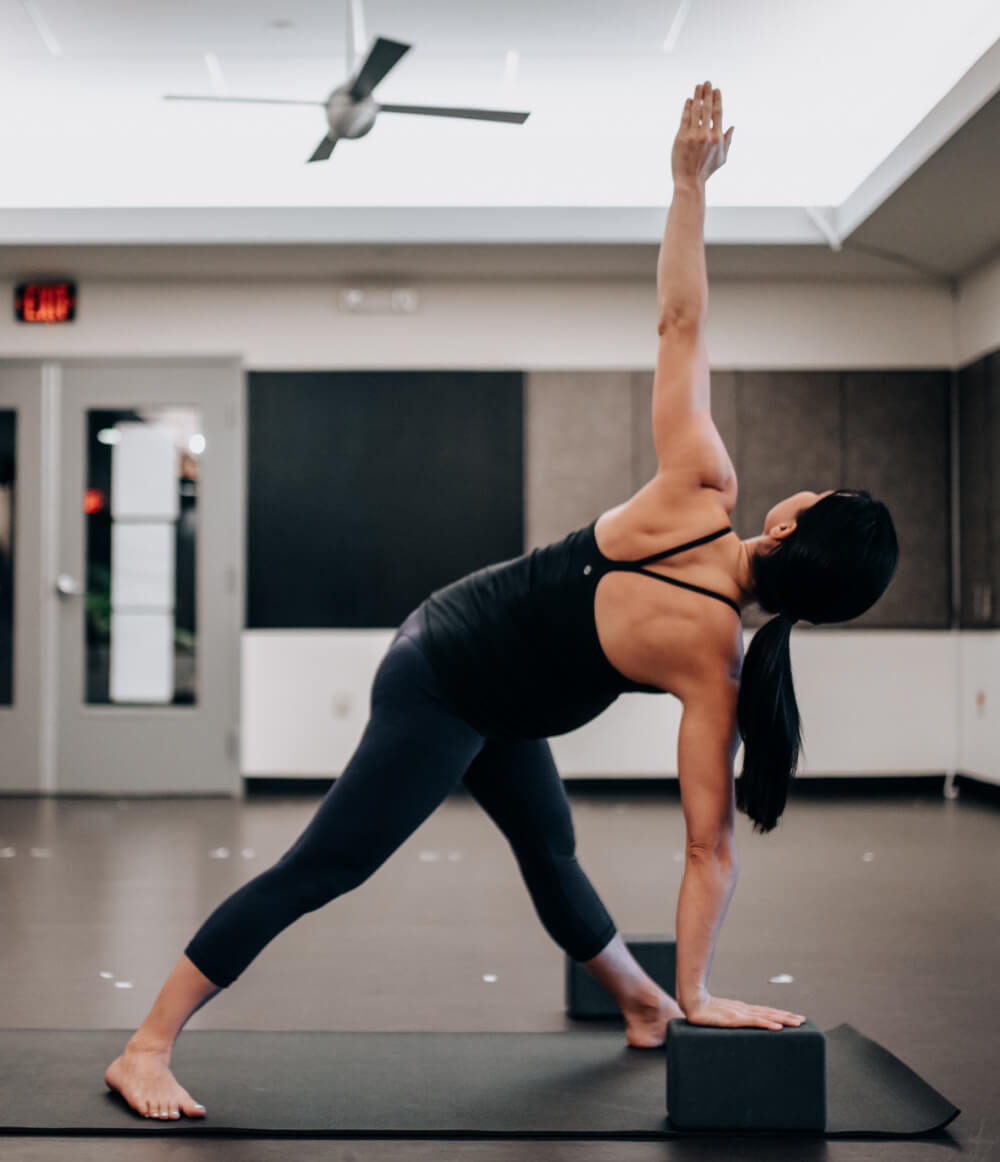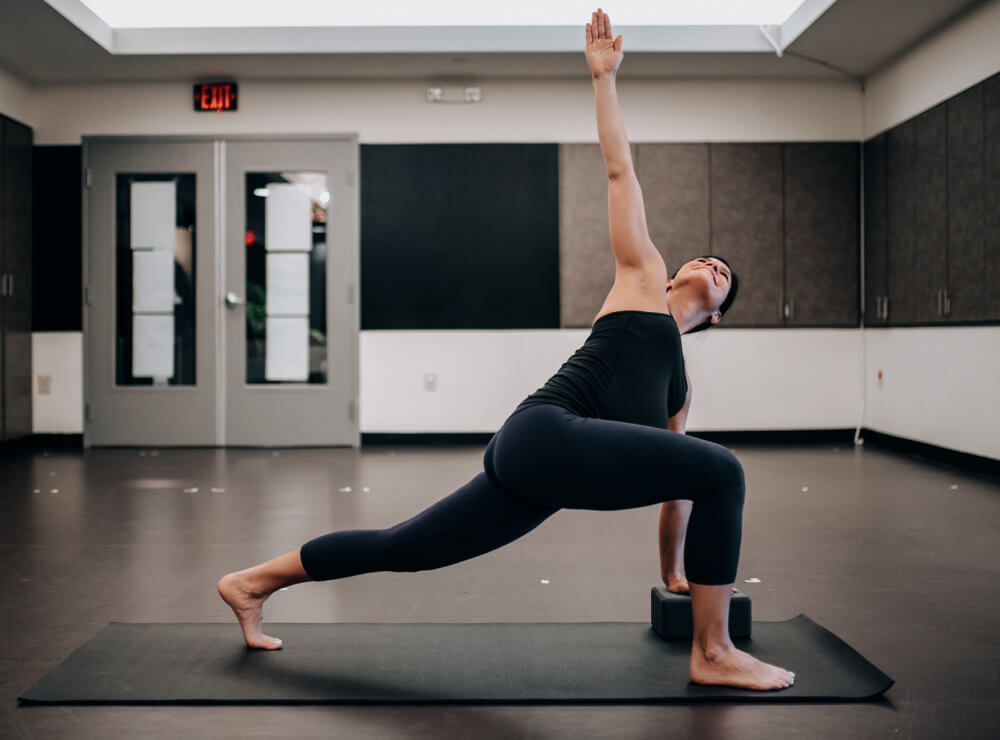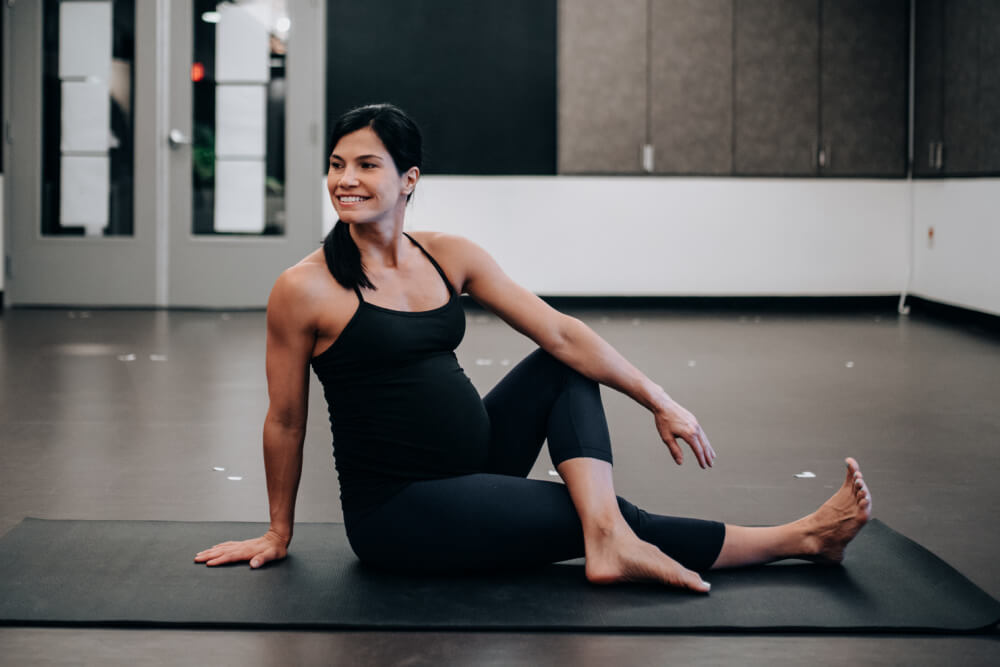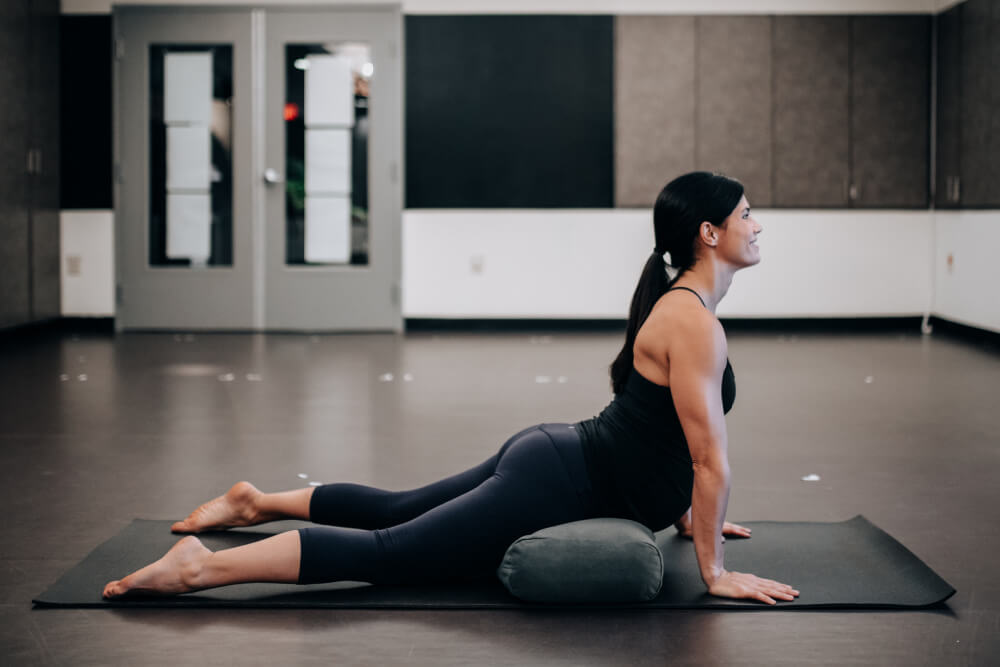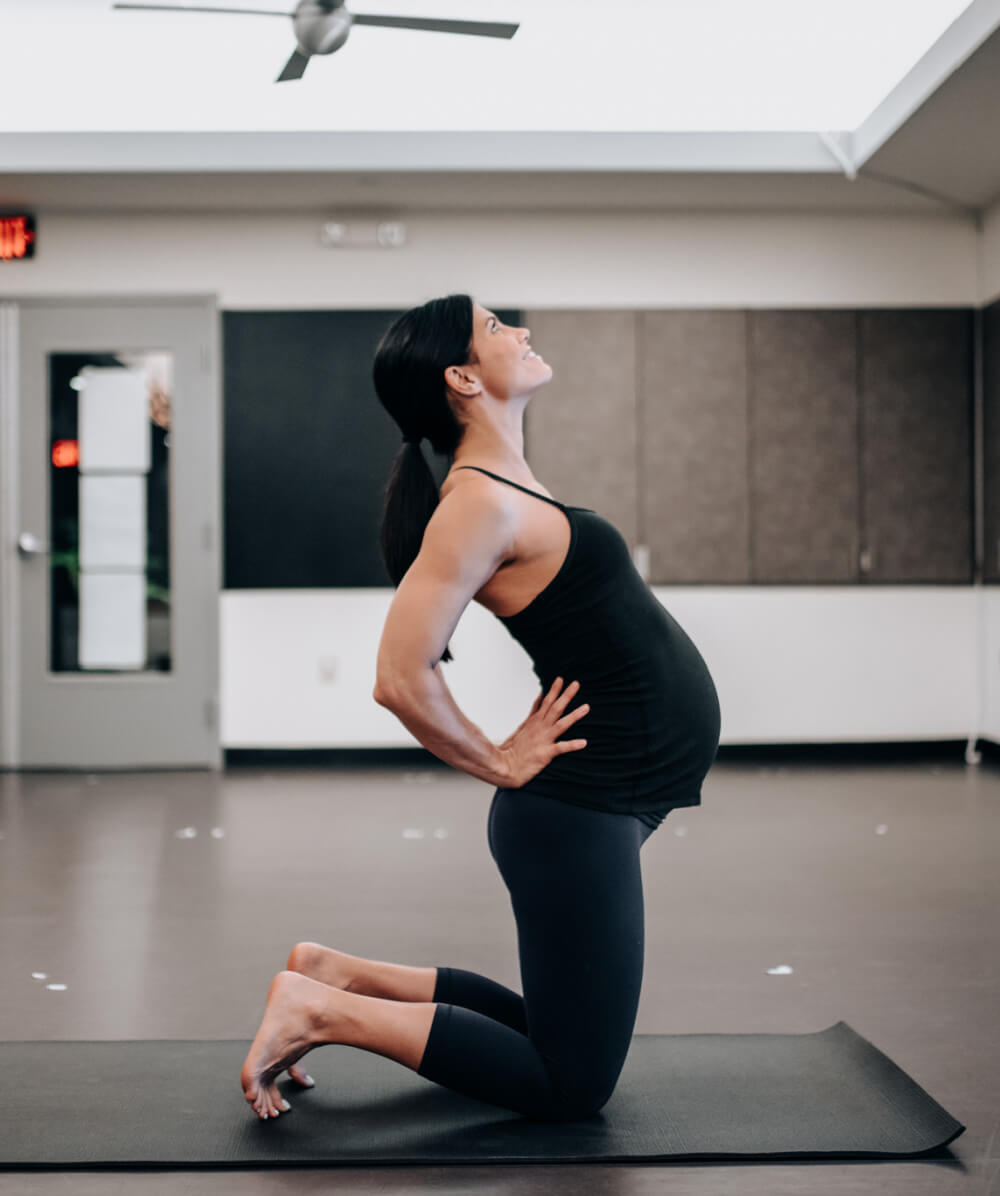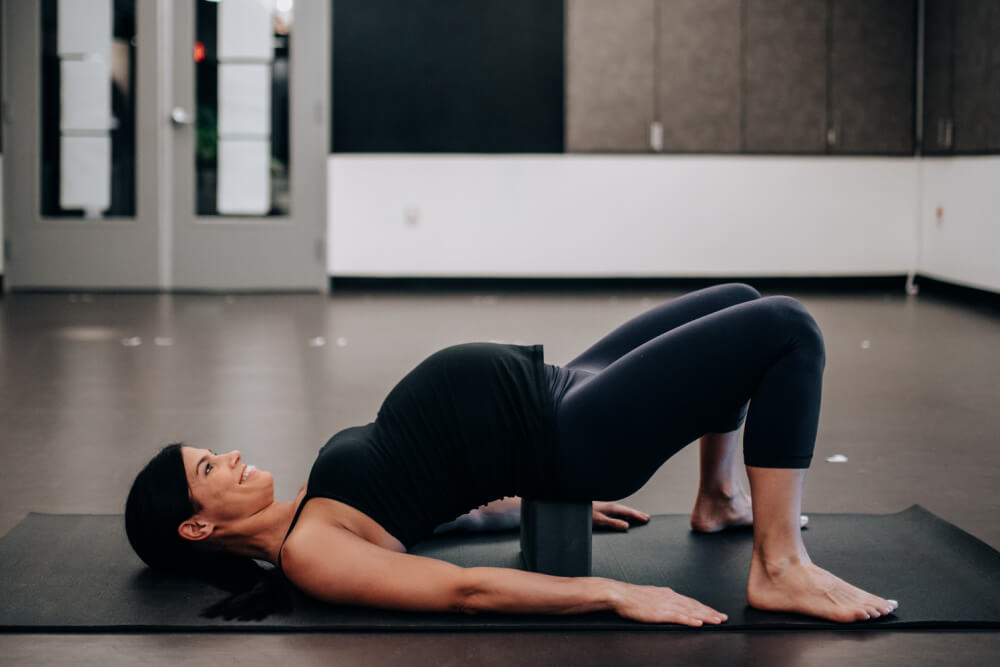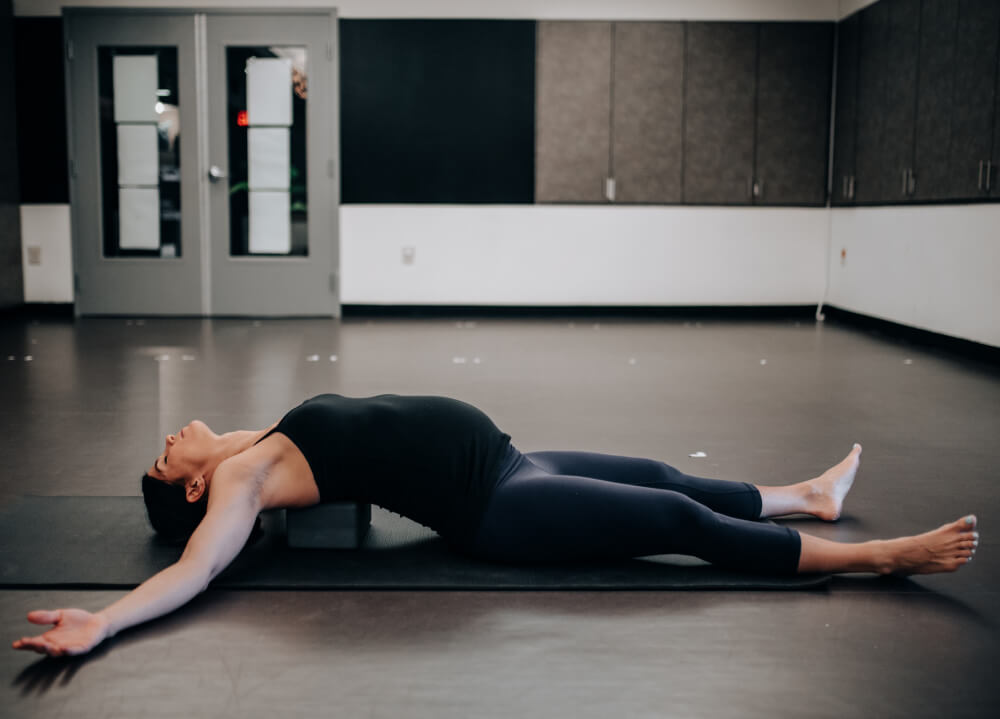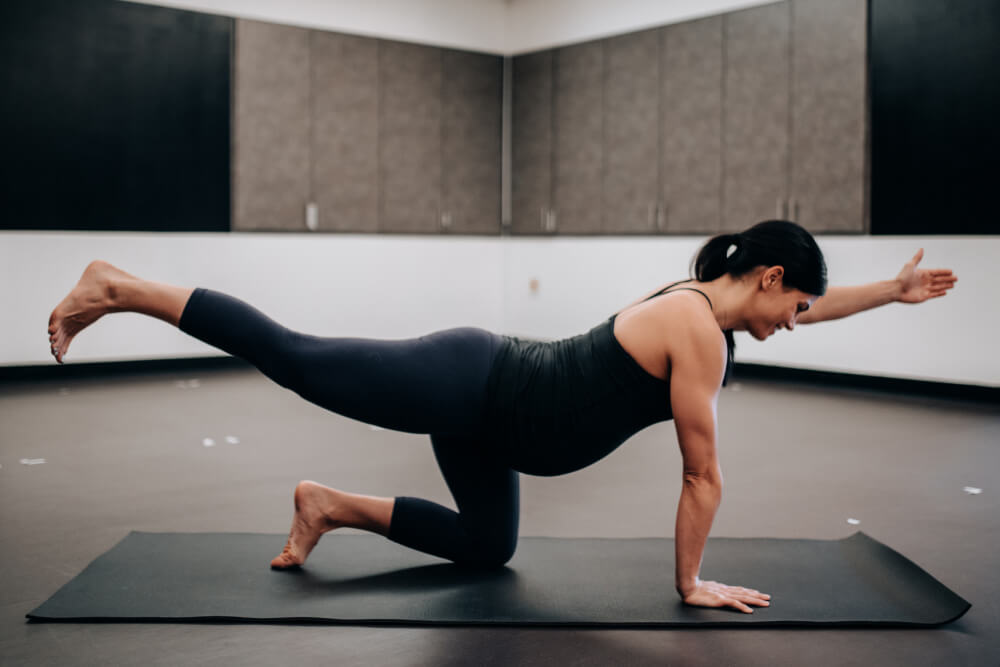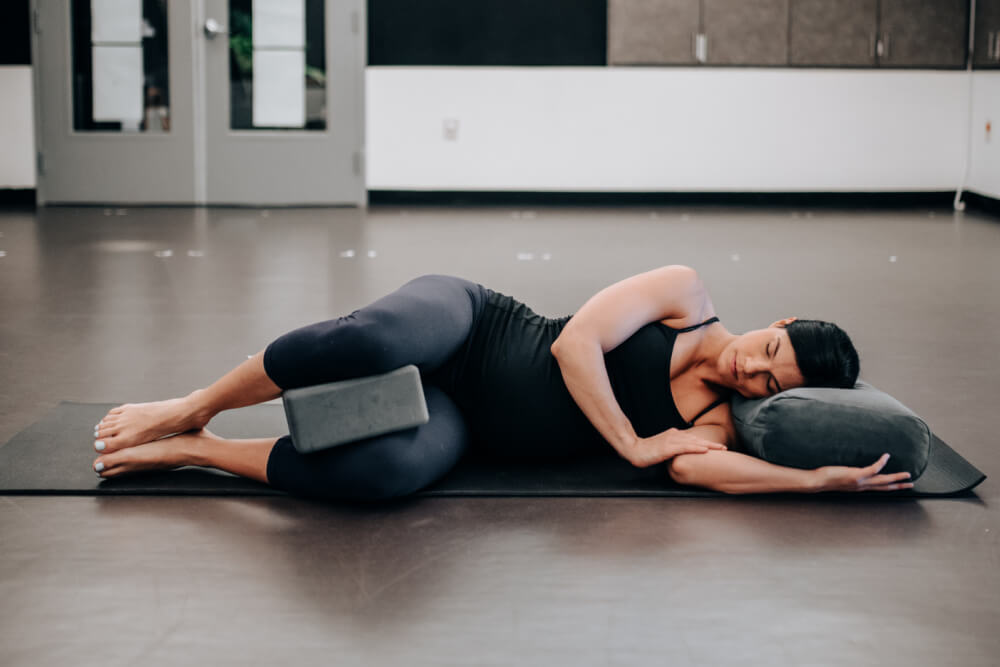The words ‘power yoga’ refers to a robust, fitness-based approach to vinyasa-style yoga and it has many benefits for the human body. Though many people dismiss power yoga as ‘gym yoga’, it was based on the Ashtanga method at its inception.
With its emphasis on strength and flexibility, power yoga is a type of yoga that focuses on increasing muscle strength and endurance. The poses are difficult, and you move swiftly from one to the next.
It’s a good physical workout, and unlike some other types of yoga, where the same series of positions are repeated every time, power yoga lessons are rarely the same.
What Is Power Yoga Exactly?
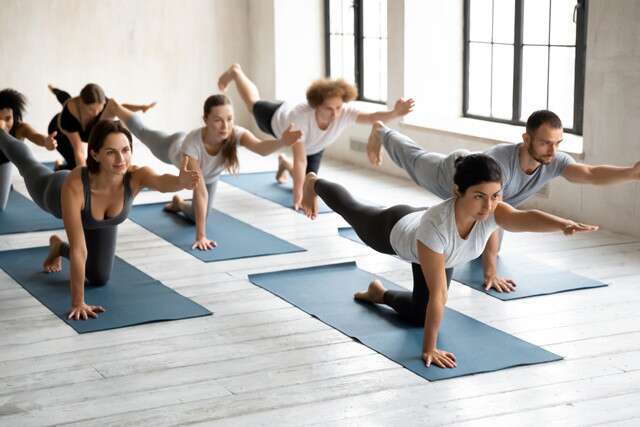
Power yoga is described as a type of Vinyasa yoga, which has its origins in Ashtanga yoga, a well-established practise that dates back to the early twentieth century.
Rather than treating each position individually, power yoga focuses on the flow from one to the next and that yields many benefits for the human body. Unlike some other types of yoga, the poses aren’t separated from one another. It is a high-intensity, fast-paced workout which requires shifting from one position to the next quickly while syncing your breathing to your body’s various motions.
Power yoga is more energetic than meditative, even though it demands mindfulness and attention to your breathing.
1. Keeps Your Heart Healthy
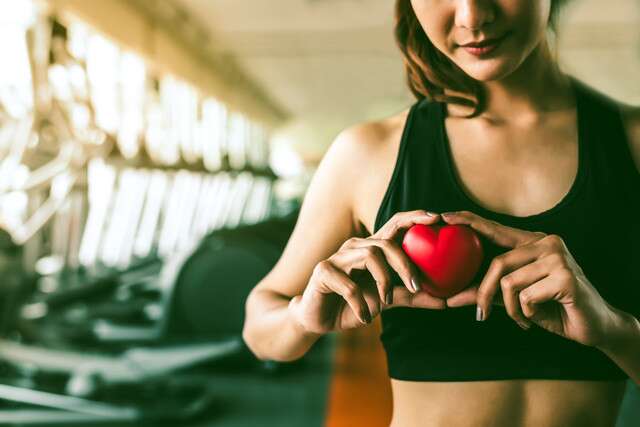
Increasing your heart rate during exercise allows your body to better circulate blood and oxygen to your muscles and organs. As a result, your fitness, stamina, and overall health may increase along with controlling blood and sugar levels, aiding weight loss and reducing the risk of chronic conditions like stroke and diabetes.
2. Builds Strength

When you hold a pose for more than a few seconds, your muscles are pumped up and forced to work harder to keep you in the position. This can help you gain muscle strength and endurance in a variety of areas across your body.
3. Reduces Stress

Despite the fact that power yoga is less meditative and more fast-paced than other styles of yoga, a 2017 study indicated that it can lower cortisol, the stress hormone, in the body.
Power Yoga: How To Get Started?

Typically, power yoga courses are conducted at fitness centers or yoga studios. Look for basic or introductory lessons when you start out. These classes are likely to be referred to as Vinyasa yoga classes as well.
Before signing up for a power yoga session, speak with the instructor or other employees at the fitness facility or studio to learn more about the program and what it entails. Find out what level of knowledge or fitness is required for the class as well.
If you’re new to yoga, you might wish to start with a Hatha yoga introduction session. This will help you become more familiar with a range of yoga poses and how to properly perform them.
Power Yoga Poses
Some power yoga poses one can try are:
Ardha Chandrasana (Half Moon Pose)
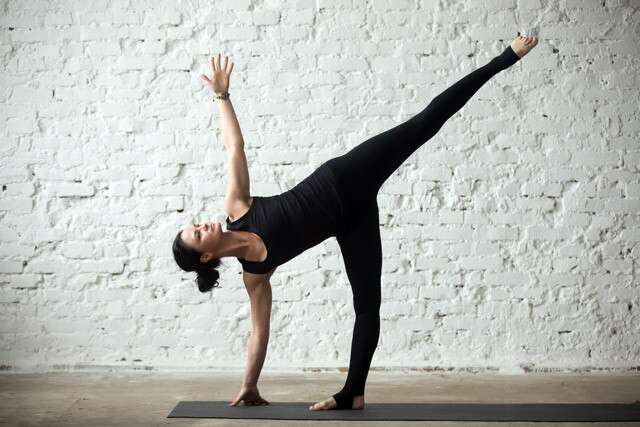
Named after the shape of a half-moon, it’s a yoga asana for beginners which makes your legs, buttocks, and spine stronger. It expands your hips, extends your hamstrings and improves balance and coordination.
TIP: Practice this pose on an empty stomach in the morning or four to six hours after a meal during the evening for 15 to 30 seconds.
Salabhasana (Locust Pose)
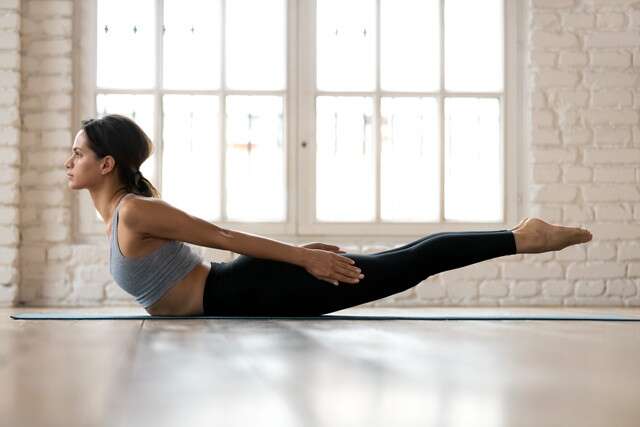
Salabhasana, or the Locust Pose, is a grasshopper-like backbend. It strengthens your upper and lowers back muscles. It strengthens your arms and increases your body’s endurance, while soothing anxiety and calming your brain.
TIP: This pose too should be practiced either in the morning or four to six hours after a meal.
Chaturanga Dandasana (Plank Pose)
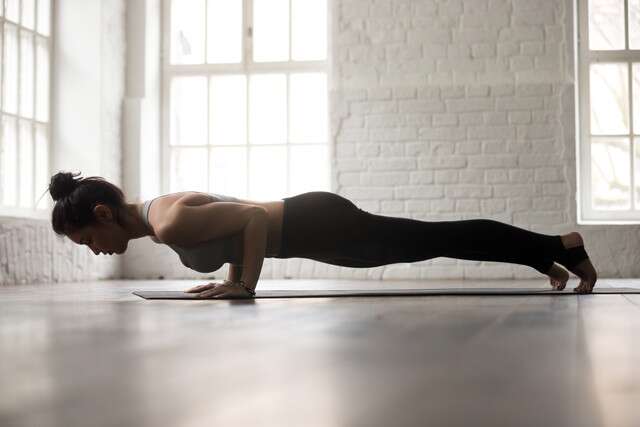
Chaturanga Dandasana is also known as the Plank Pose or four-limbed pose as the asana requires the support of all four limbs. It strengthens your arms, legs, and wrists and improves your core stability. It also invigorates your mind and body while increasing your stamina.
TIP: Practice this pose on an empty stomach.
Difference Between Yoga and Power Yoga
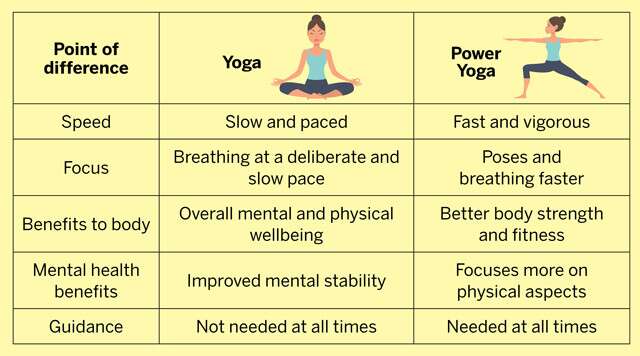
Power yoga moves at a considerably faster speed than traditional yoga.
Power yoga focuses on poses and breathing at a faster, more purposeful speed. Yoga focuses on poses and breathing at a slower, more deliberate pace.
Yoga’s slower pace and other styles that provide a more restorative experience do not provide the same cardiovascular advantages as power yoga.
Power yoga emphasizes transitioning from one pose to the next while exhaling as you do so. Yoga is more concerned with achieving the proper posture with each pose than with the flow of poses.
TIP: It is highly important to take care of your dental and physical hygiene before attending a power yoga class.
When To Avoid Power Yoga
Power yoga should be avoided when:
You’re not in great shape. Power yoga, at the very least, necessitates a moderate level of fitness; otherwise, the physically demanding asanas (poses) might cause more harm than benefit.
You’re expecting a child. During pregnancy, certain asanas have the potential to create difficulties. (Instead, consider mild prenatal yoga courses made just for pregnant people.)
You have a long-term physical illness like diabetes or arthritis.
TIP: Consult a healthcare expert before signing up for power yoga classes.
Benefits Of Power Yoga: FAQs
Q. What is the difference between yoga and power yoga?
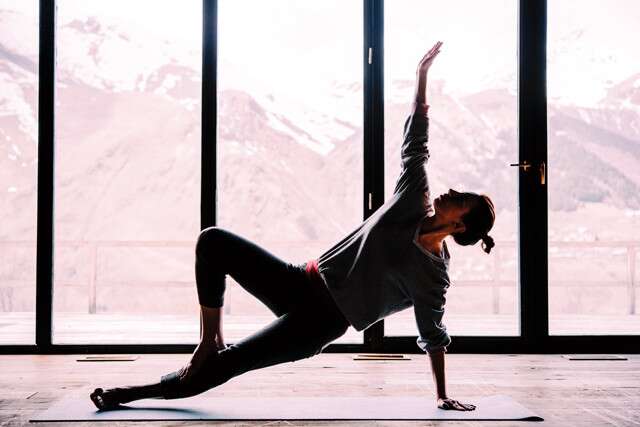
A. The speed of practice is one of the key differences between yoga and power yoga. When practicing yoga, you should take it slowly and move the body parts with caution, all while maintaining a constant flow and a structured rhythm.
Power yoga, on the other hand, is completed in a shorter amount of time than traditional yoga. Even power yoga follows a rhythmical exercise flow that is regulated and consistent. It is done quickly, with body components moving at a faster pace to improve physical fitness.
Q. Is power yoga good for beginners?
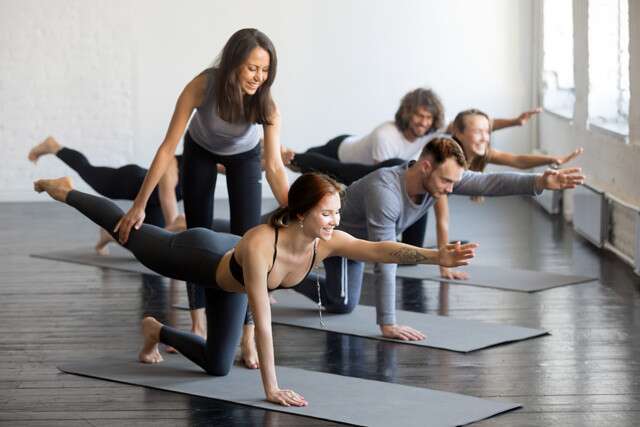
A. Yes. When a loving, competent, and informed teacher leads the class, power yoga is safe for beginners. Additionally, if fitness clubs and studios really desire them, personalized power yoga courses for students with heart conditions, diabetes, or who want to lose weight can also be arranged.
Q. Can I do power yoga every day?

A. Yes, you certainly can. If you combine daily power yoga with a healthy diet, you’ll be in great condition in no time. Make sure you don’t overdo it. If you’re feeling exhausted or worn out, take a day off and do something interesting and easy like walking, riding, dancing, or whatever you prefer.
Q. Is power yoga better than going to the gym?
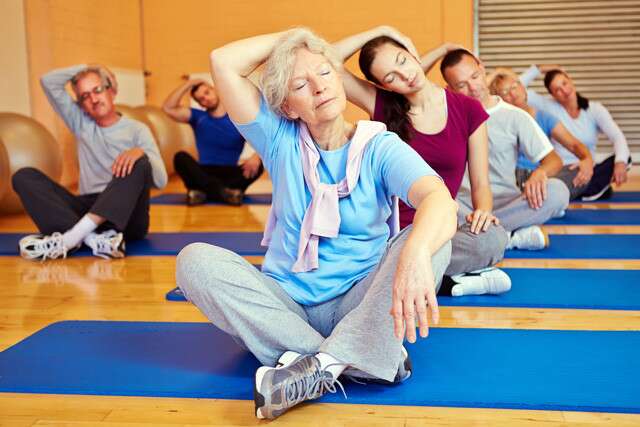
A. One of the best aspects of yoga is that it can be done anywhere and at any time. It can be done without any equipment at home, outside, or in small spaces, but a gym workout requires adequate equipment, accessories, and more space. Yoga is also appropriate for people of all ages. People above the age of 65, as well as those with high blood pressure or cardiac problems, should avoid going to the gym.
[……]
Read more
